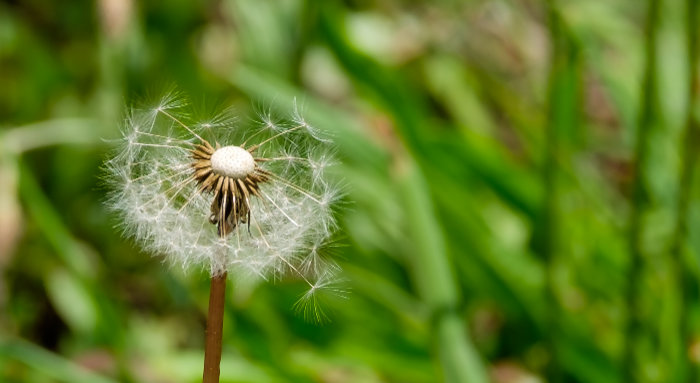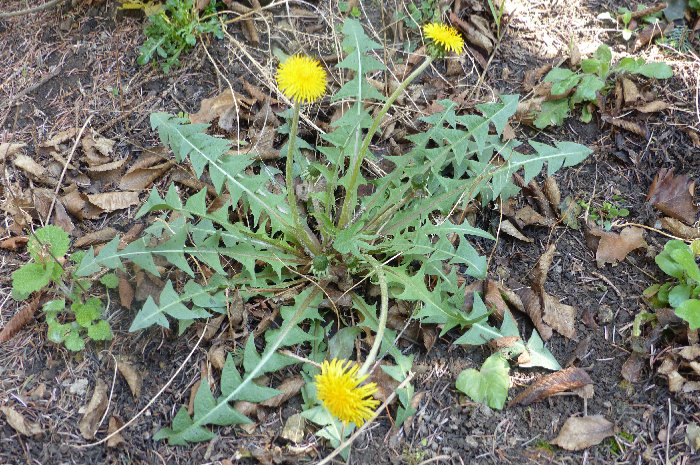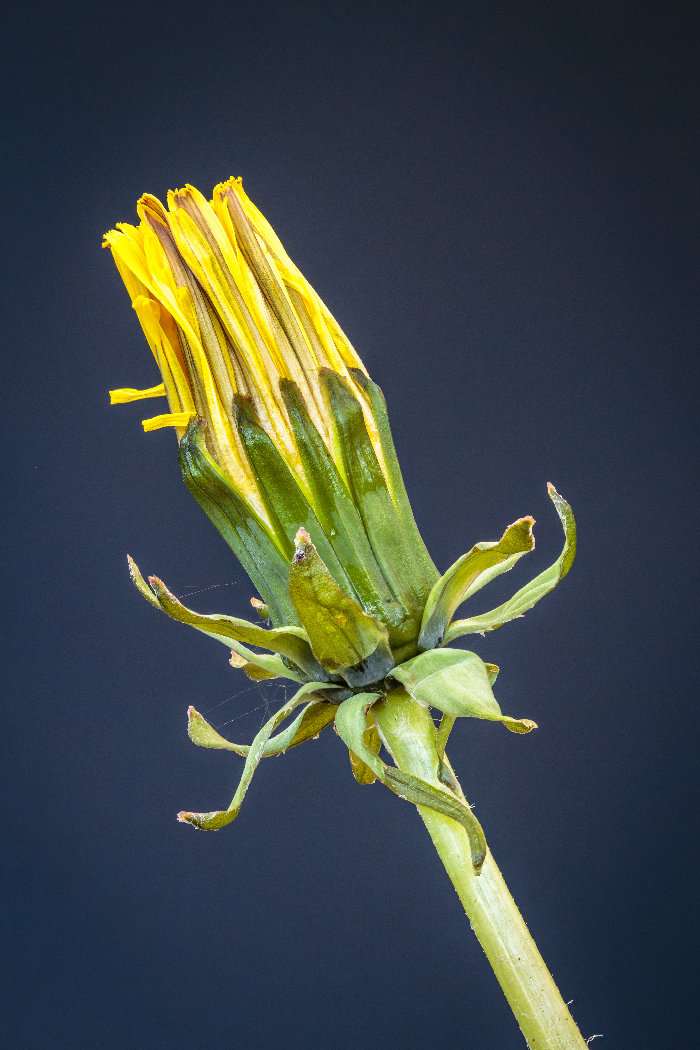Dandelion
Taraxacum officinale
An Edible Weed.
Reduce your dependence on conventional food supplies by acquiring knowledge about the plants in your area. Edible weeds serve as a reliable food source in emergencies. Many are quite nutritious, and by their nature they will grow well in poor conditions.
Identification And Uses.
A common perennial herb found in lawns, gardens and waste areas. It has a strong taproot and the leaves form a rosette from the base, are jagged in shape and hairless. Each flower head is found on a single hollow stem and consists of many ray florets, which mature to form the familiar dandelion ‘clock’ of seeds with a downy parachute attached.

All parts of the dandelion are edible and highly nutritious. Leaves are usually blanched, boiled, or sauteed to remove the bitterness. Harvest young dandelion leaves when they are tender and less bitter. Use them in cooking like any other leafy green.
Dandelion flowers are also edible and can be used to make tea.
Dandelion roots can be harvested, cleaned, and roasted to make a caffeine-free coffee substitute.
Dandelion has diuretic properties and anti-inflammatory and anti-oxidative effects. It’s a source of vitamins A, C, and K. Also contains vitamin E, folate, and small amounts of other B vitamins. Provides several minerals, including iron, calcium, magnesium, and potassium
Early research suggests it may help with liver health, lowering blood pressure, reducing cholesterol and tryglyceride levels, blood sugar management, weight loss, and anticarcinogenic effects, but more research is needed to verify these claims.
NOTE: Don’t be stupid. Don’t eat any plant unless you are completely sure that you know exactly what you are putting in to your body. Ensure that you pick flowers from areas free of pesticides. Avoid eating plants growing in highly polluted areas such as next to main roads.


